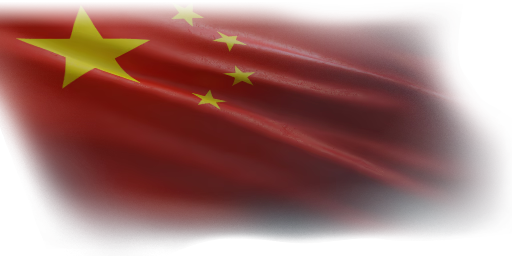
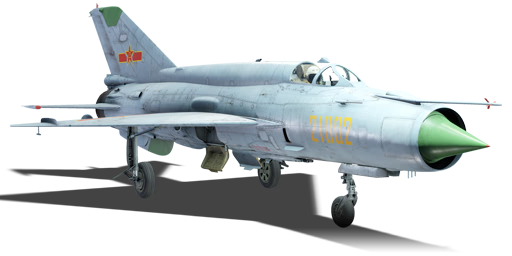

The J-7D (Chinese: 歼-7D型歼击机, AKA J-7IIIA 歼-7IIIA; unified NATO codename: Fishcan) was an upgrade of the previous J-7C (J-7III), which was based on Egyptian MiG-21MFs with domestic avionics and HUD. The PLAAF obtained MiG-21MF aircraft from Egypt, and due to the slow progress of the J-8 development program and the need for interceptors to counter potential Soviet threats, there were plans to replace the J-8II series with a reverse-engineered variant. Although the development of the J-7D was successful and showed improved performance in some aspects, the J-8II program and the introduction of the Su-27SK Flanker-B (and its licensed CKD/SKD variant, J-11A) to the PLAAF limited the demand for the J-7D, resulting in only a few orders being placed to utilize the prebuilt airframes.
Introduced in Update "Apex Predators", the J-7D offers very similar performance to the late MiG-21 series but with a better engine and increased fuel capacity. While it lacks missiles for head-on/interception missions and large-calibre rockets like S-24s, its combat capabilities are still substantial with its IR AAMs and variety of Chinese ground-attack weaponries.
flaps
flaps
flaps
brake
| Belt | Belt filling | Armor penetration (mm) at a distance: | |||||
|---|---|---|---|---|---|---|---|
| 10 m | 100 m | 500 m | 1000 m | 1500 m | 2000 m | ||
| HEFI-T/AP-I/HEF-I | 31 | 29 | 21 | 15 | 10 | 7 | |
| HEF-I/AP-I/AP-I/AP-I | 31 | 29 | 21 | 15 | 10 | 7 | |
| HEFI-T/HEF-I/HEFI-T/HEF-I/AP-I | 31 | 29 | 21 | 15 | 10 | 7 | |
| AP-I/HEF-I/HEF-I | 31 | 29 | 21 | 15 | 10 | 7 | |
| Name | Weight | Slot | ||||
|---|---|---|---|---|---|---|
| 75.3 kg |  |  |  |  | ||
| 84.5 kg |  |  |  |  | ||
| 89 kg | 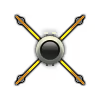 |  |  |  | ||
| 7 × | 102.2 kg | 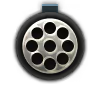 |  |  |  | |
| 4 × | 235.3 kg | 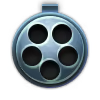 |  |  |  | |
| 216.5 kg |  |  |  |  | ||
| 240 kg | 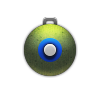 |  |  |  | ||
| Drop tank (490 liters.) | 70 kg |  |  |  | ||
| 469 kg |  |  | ||||
| 508.3 kg | 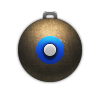 |  | ||||







 2 x (100 / 305 / 600) %
2 x (100 / 305 / 600) % 
 2 x 232 %
2 x 232 % 

Flight performance | |
|---|---|
Survivability |
|---|
Weaponry | ||
|---|---|---|